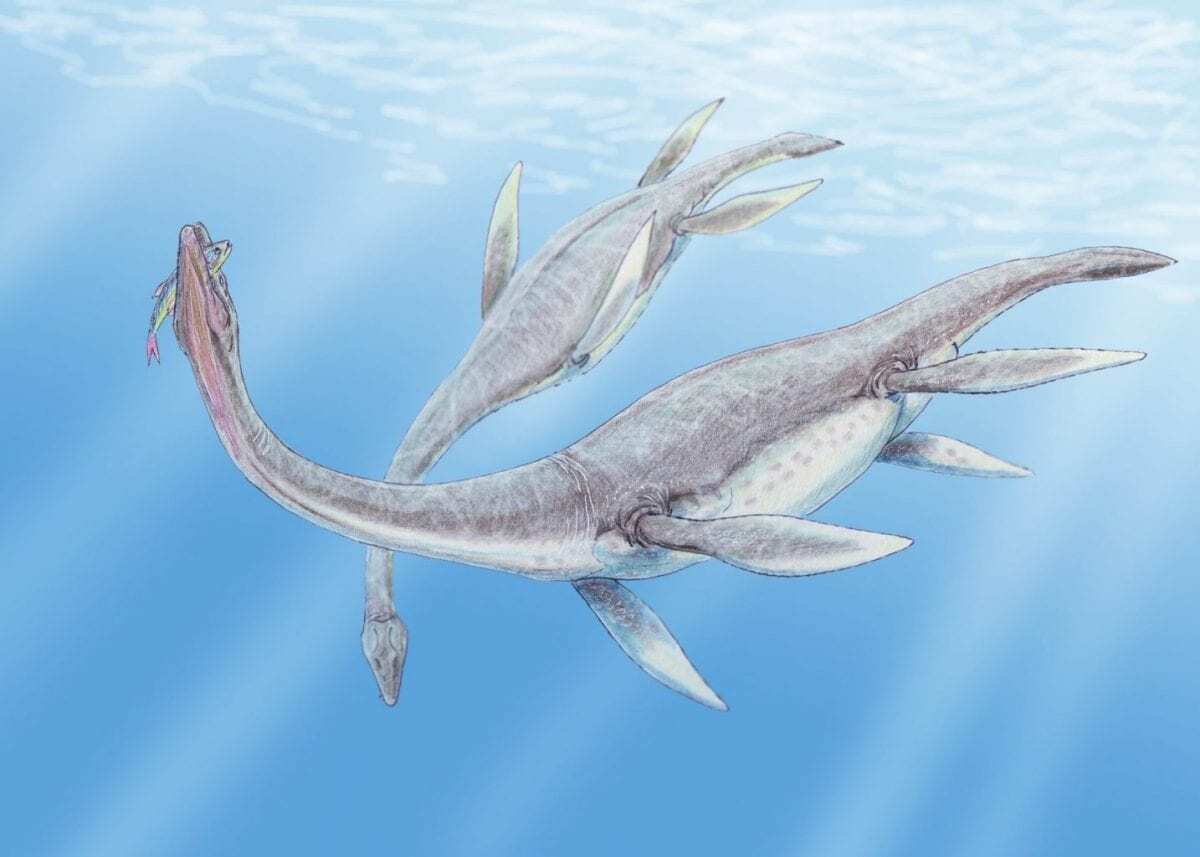Research of inners ears of aquatic reptiles now extinct has revealed a close resemblance with aquatic animals alive today.
Fossils of reptiles from millions of years ago have shown close parallels with marine and aquatic life such as crocodiles, sea turtles and whales.
The research has been conducted by an international team at Wits University in South Africa. The study has demonstrated that reptiles called sauropterygians evolved similar inner ear proportions to those of some modern day aquatic reptiles and mammals.
Sauropterygians were a diverse taxon of aquatic reptiles that developed from terrestrial ancestors soon after the end-Permian extinction and flourished during the Mesozoic before they became extinct at the end of that era. Sauropterygians are united by a radical adaptation of their pectoral girdle, designed to support powerful flipper strokes most famously recognised in species such as pliosaurs.
Dr James Neenan, a Postdoctoral Fellow at the Evolutionary Studies Institute at Wits University said Sauropterygians are completely extinct and have no living descendants, so I was amazed to see that nearshore species with limbs that resemble those of terrestrial animals had ears similar to crocodylians and that the fully-aquatic, flippered plesiosaurs had ears similar to sea turtles,”
All invertebrate based animals, whether its humans to a fish have an important sense organ in the inner ear that helps with orientation, coordination and balance. Aquatic based life has different sensory inputs due to their three-dimensional environments.
Researchers were surprised when sauropterygians with very different lifestyles had evolved inner ears that were very similar to those of some modern animals. “Sauropterygians are completely extinct and have no living descendants, so I was amazed to see that nearshore species with limbs that resemble those of terrestrial animals had ears similar to crocodylians and that the fully-aquatic, flippered plesiosaurs had ears similar to sea turtles,” says Neenan.
The similarities don’t end there. Some groups of plesiosaurs, the ‘pliosauromorphs’, evolved enormous heads and very short necks, a body shape that is shared by modern whales. Whales have the unusual feature of having highly miniaturized inner ears (blue whales have a similar-sized inner ear to humans!), possibly the result of having such a short neck. Neenan and colleagues have now shown that ‘pliosauromorph’ plesiosaurs also have a reduced inner ear size, supporting this idea.
UNIVERSITY OF THE WITWATERSRAND
Header Image Credit : Dmitry Bogdanov







